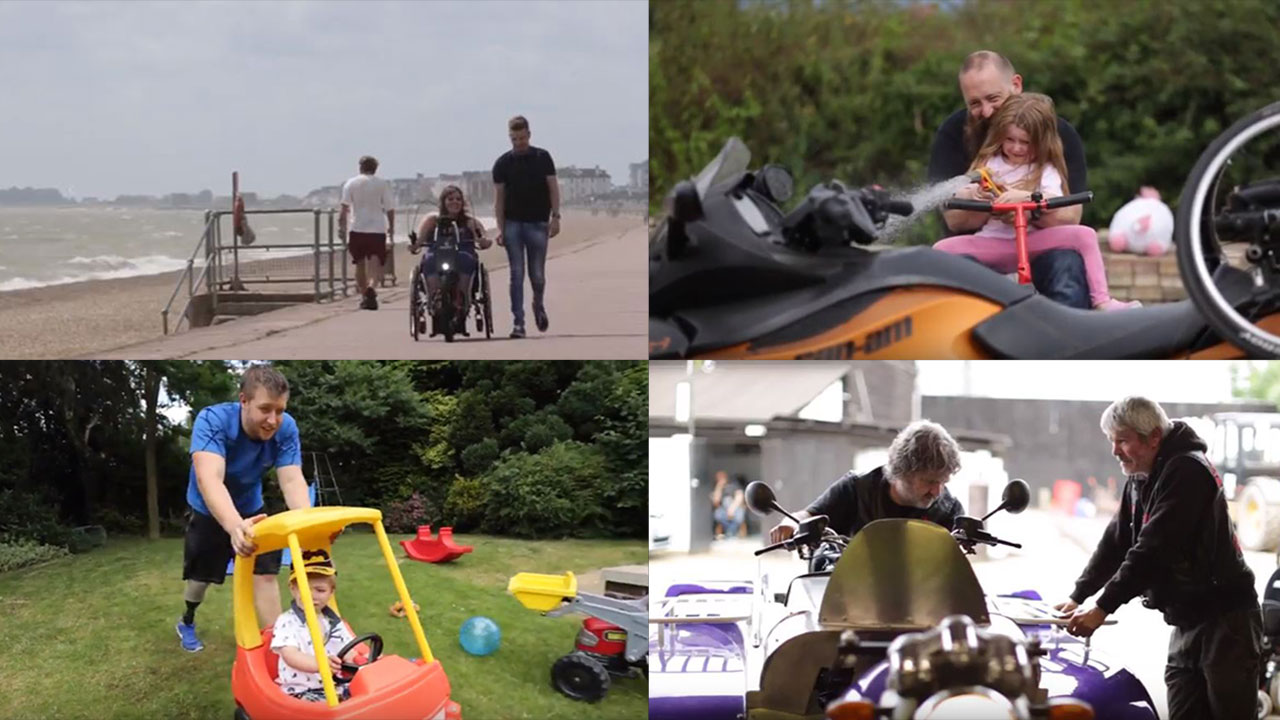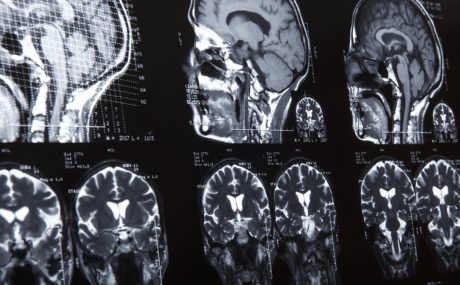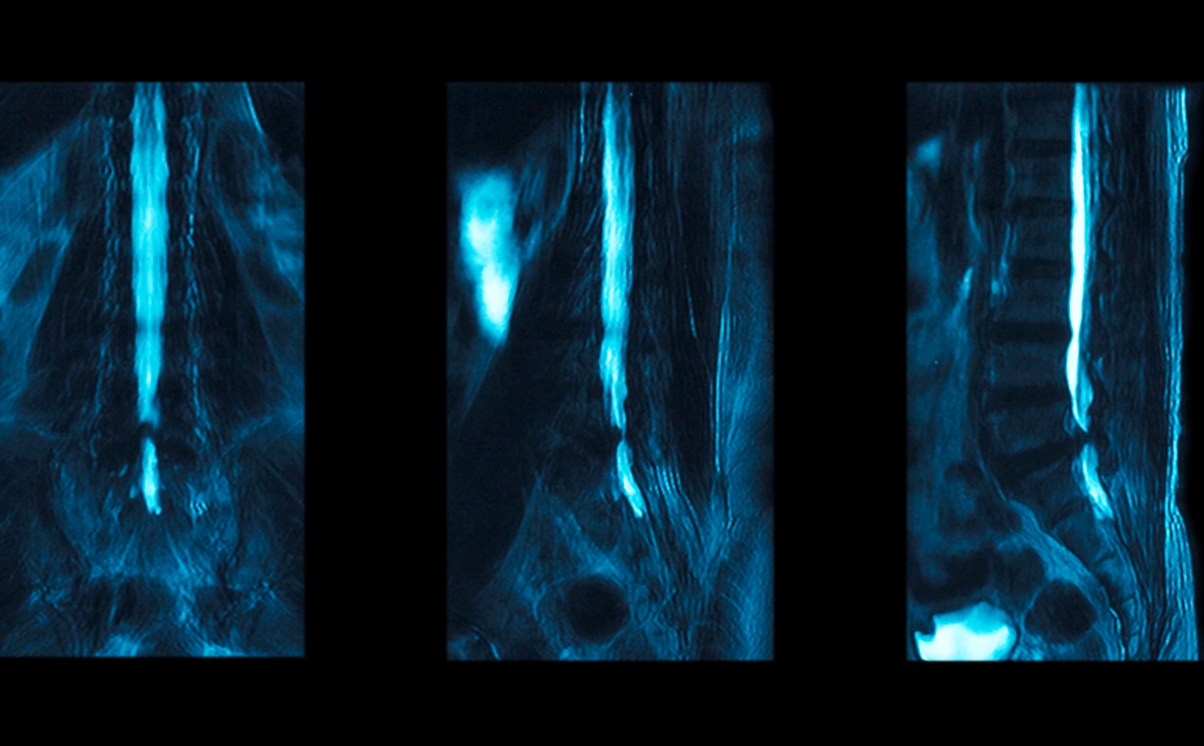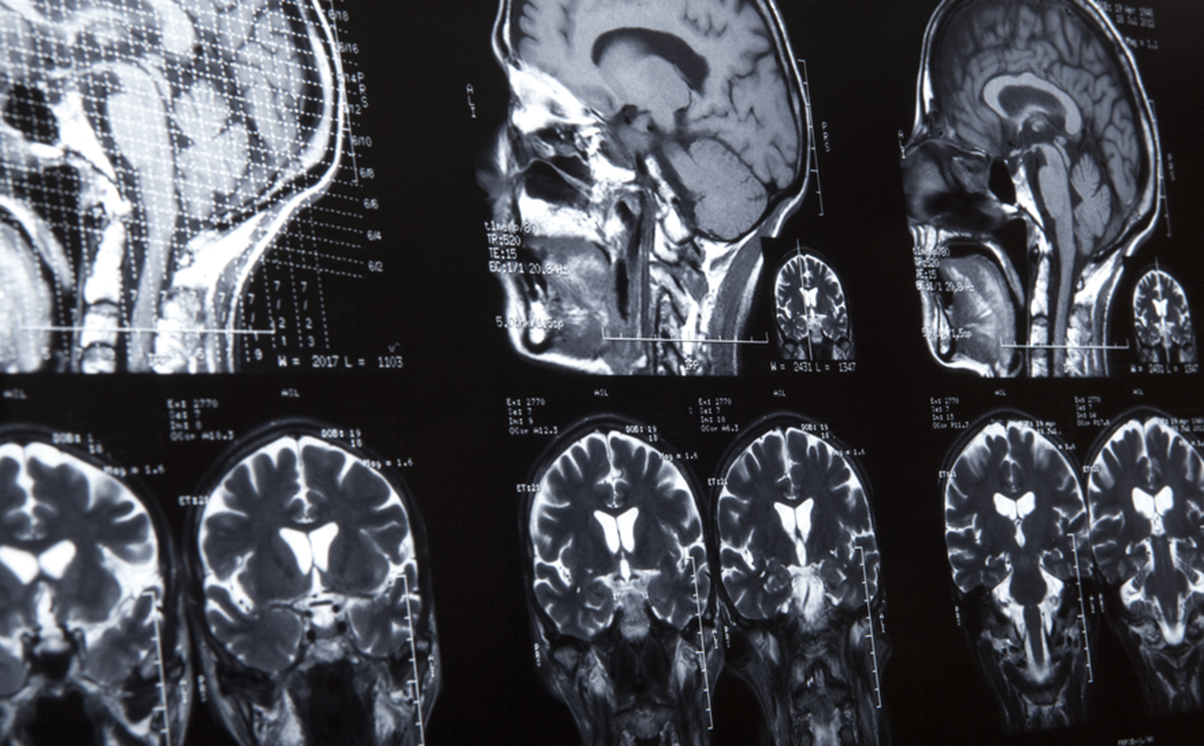Stewarts acted for a client, RM, who received a settlement of £4.3m following an online video mediation. The claim arose from a delay in treating a cerebral venous sinus thrombosis (CVST), which caused raised intracranial pressure.
In the summer of 2015, RM experienced an episode of severe headaches, sensitivity to light and vomiting. His optician noted he had swollen optic discs and referred him to an ophthalmologist.
In September 2015, RM saw an ophthalmologist who examined his eyes and noted that he had bilateral swollen nerve heads. He made an urgent referral to a neuro-ophthalmologist at an NHS hospital.
In late October 2015, RM saw a neuro-ophthalmologist who confirmed that he had bilateral papilloedema (optic disc swelling). A CT head scan was performed and showed no abnormalities. The claimant’s expert evidence was that this was a potentially life-threatening condition and it was mandatory at this point to perform a CT venogram and lumbar puncture. The lumbar puncture would have confirmed and relieved the raised intracranial pressure, and a CT venogram would have identified the CVST. Anticoagulation medication would have prevented RM’s loss of sight.
Instead, RM was sent home with a follow-up appointment in four weeks.
When RM returned in late November 2015, the notes from his previous attendance had been lost. He now reported headaches, dizziness and some blurring of vision. The neuro-ophthalmologist reassured RM that there was nothing to worry about. He made a non-urgent neurology referral, which led to an appointment being arranged for February 2016. No urgent investigations were performed.
In mid-December 2015, RM had a catastrophic deterioration. He experienced headaches, light sensitivity, dizziness and vomiting. He woke up one morning and was unable to see properly.
On return to hospital, a lumbar puncture and CT venogram demonstrated significantly raised intracranial pressure caused by a CVST. A ventricular peritoneal shunt was inserted. Unfortunately, RM’s vision continued to deteriorate, and he was registered as blind.
RM’s loss of sight at such a young age had a terrible psychological impact. He had severe depression. He could no longer work and had to move back in with his parents so that they could look after him.
Legal case
RM’s case was taken on by Stewarts in June 2017, with Stewart Young, a senior associate, having conduct of the case.
Supportive independent expert evidence was obtained from various doctors. The consensus was that in both October and November 2015 it was mandatory to perform urgent investigations to establish the cause of the symptoms. A CT venogram and lumbar puncture would have led to the CVST being diagnosed and successfully treated with anticoagulation medication, and there would have been no loss of sight.
A letter of claim was sent to the relevant NHS trust. In their response, they denied liability. However, both parties agreed to a mediation prior to court proceedings being commenced.
In preparation for the mediation, Stewarts obtained a number of expert reports to help value the extent of RM’s needs, including reports from a neuro-opthalmologist, a neurosurgery shunt expert, a psychologist, a care and occupational therapy expert, and an architect.
The mediation
The mediation took place online over six hours via Microsoft Teams. RM was able to attend remotely from his home with the support of his family. The mediator, Neil Goodrum, created multiple rooms that allowed each party to hold confidential talks, and a separate room for joint sessions.
A representative from the trust attended and apologised to RM for what he had been through. Nevertheless, the defendant maintained that liability was denied. Despite this, a settlement of £4.3m was reached. This was broken down into a lump sum of £1.9m and annual periodical payments of £40,000 for the rest of RM’s life to meet his care and case management needs.
The settlement will enable RM to purchase a suitably adapted home so he can live as independently as possible. He will also be able to obtain the therapy he needs and benefit from visual aids and assistive technology such as the Orcam MyEye. This is a small device with a smart camera that attaches to a pair of glasses. It helps sight-impaired people to understand text, recognise faces and identify objects.
Stewarts would like to thank William Audland QC and Isaac Hogarth of 12KBW for their valuable contribution in this case.
Comments from RM
“Stewarts have been great. It’s taken nearly three years for my case to settle and the worry and unknowing of what my future was going to look like did, at times, make me feel pessimistic. But every time I spoke to someone at Stewarts, they reaffirmed that everything was going to be fine.
“They were in constant communication with me and made me feel comfortable and secure. I didn’t feel like they were just going to take me for a ride. They did everything and more.
“I can breathe again knowing that my case has settled. It’s nice to not have that extra worry. I didn’t just lose my sight; I lost my independence. I was thrust into a world that I didn’t know and didn’t have much to assist me. The settlement money will let me gain my independence back. One piece of assistive technology I am going to purchase with the settlement money is the OrCam. It’s a great piece of technology which can do so much for me in terms of facial identification. I now have the means to regain my independence.
“One thing I used to love, and cannot wait to get back to, is the gym. I used to be so active before I lost my sight and was at the gym five days a week. I had the drive and really loved it being a part of my routine. I have attempted to go back to the gym since and I was so upset that I couldn’t do what I used to do or use the equipment in the same way. With the settlement money, I will invest in a personal trainer. It means I can take charge of my routine, get assistance with the equipment and sort out a daily plan. I feel like my health has declined since my sight loss, so I am looking forward to getting my body back to health.
“I have a strong family network who have also been amazing. We will take each challenge as it comes, but the settlement money will help me to gain control back in my life.”
Life beyond injury
We have teamed up with other clients who have catastrophic injuries to tell the stories of their cases and their life beyond injury. We hope that by sharing these stories, newly injured people can see that with the right support they too can overcome adversity to lead full and active lives.
Please visit the Life Beyond Injury webpages here.

You can join in the conversation and share your stories of overcoming adversity to lead a fulfilling life beyond injury: on Twitter, here #lifebeyondinjury; or on Facebook, here #lifebeyondinjury.
You can find further information regarding our expertise, experience and team on our Clinical Negligence pages.
If you require assistance from our team, please contact us or alternatively request a call back from one of our lawyers by submitting this form.
Subscribe – In order to receive our news straight to your inbox, subscribe here. Our newsletters are sent no more than once a month.





